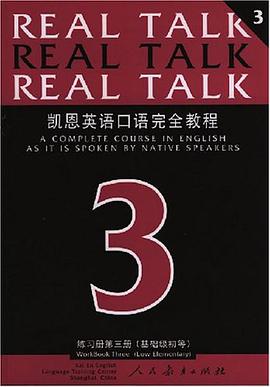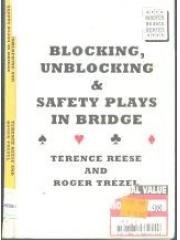

My fir t professional cooking job was as a chef in a low-fat beallh spa,<br >where the only oil in the kitchen was the inedib e type used on the knife<br >sharpening stone. The food there li~d up to health claims, and afeer a<br >month of dieting and exercise, the customers ,vent home with healthier<br >blood tests and filter hodieh.<br > The food met other expectations as well. No one expected it to taste<br >as good as the food in the outside world, and, with few exceptions, it didn t.<br >This experience c~used me to question whether it was really necessary to<br >choose between being a martyr for health or living the shortened life of<br >an unhealthy hedonist. I wanted to find out when a healthful diet ceases<br >to make sense and becomes unnecessary extremtsm I wanted to find out<br >why some low-fat recipes taste wonderful while others are failures.<br > I turned to the chemistry of food fur answers. I learned which foods<br >enhance flavors and which ones mellow them. I learned how foods interact<br >with one another, and what happens when they hit the taste buds. I discovered<br >what happens when food cooks and bow temperature affects the changes.<br > I ~ook a close look at oils and fats to learn when they are interchangeable.<br >when they can be reduced, and when they are nor needed at all.<br > I studied nutrition and learned which diet trends are based on fact<br >and which have dis~orted the results of minor scientific studies. I examined<br >some diets that addressed one heaffh issue while ignoring others, and I<br >researched diets based exclusively on philosophy instead of scientific fact.<br > During my investigation, I taught low-tat cooking classes and learned<br >from my students, who impressed upon me their need tot a relaxed, corn<br >monsense approach to a heahbful diet. They wanted to understand enough<br > about nutrition to make the right choices and not be misled by erroneous<br > claims and fads; they wanted to learn an approach that was consistent but<br > not tedious. They wanted tim, creative, fime-savmg recipes that were also<br > good as leftovers<br > Consequently, my cooking style and food philosophy began to develop<br > along those lines, resulting in recipes that fit within the generally accepted<br > guidelines for a low-fat, high-fiber, complex-carbohydrate diet. I impose<br > certain restrictions, but all are nutritionally sound and none are hard on<br > the theft For example, I do not believe in using artificial ingredients or<br > imitation foods for they never satisfy as the originals do. I do not try to<br > copy cream sauces or use synthetic sugars or fake cheeses. There are<br > plenty of fresh, minimally processed foods that can be eaten with far<br > more gratiffing results,<br > I want foods to he visually attractive, with clear flavors and appealing<br > textures. I prefer creative recipes, not exotic ones. Precious foods aren t<br > my s~yh, and although extravagant ingrediems can be fun at times, they<br > are not my daily fare.<br > I love to cook, but I don t like fussy recipes, I llke to cut and chop<br > and watch the fuod simmer in a pan, hut 1 don t want to worry over a<br > difficult sauce, or t~kae hours to prepare a meal that serves only two and<br > d~n t lea~e hftowrs<br >
具體描述
讀後感
用戶評價
相關圖書
本站所有內容均為互聯網搜索引擎提供的公開搜索信息,本站不存儲任何數據與內容,任何內容與數據均與本站無關,如有需要請聯繫相關搜索引擎包括但不限於百度,google,bing,sogou 等
© 2025 onlinetoolsland.com All Rights Reserved. 本本书屋 版权所有




















